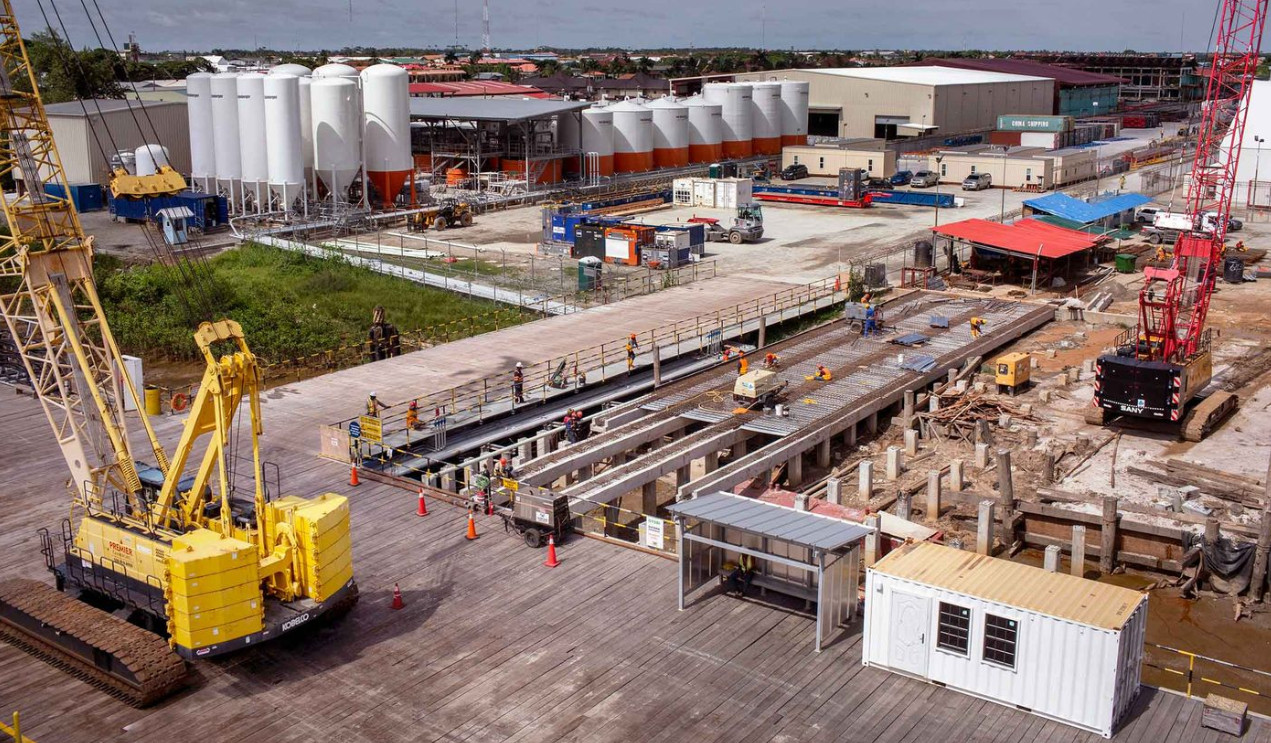
Guyana’s economy is expected to expand by some 56 per cent this year with growth in the oil sector being a large contributor.
The Inter-American Development Bank (IDB), however, posited that the country’s non-oil sectors are performing better than earlier expected.
The Bank, in a quarterly Caribbean economics report published for December, said that the oil sector is expected to grow by 113 per cent (or more than double) in 2022.
The exorbitant growth in that sector alone has contributed to the high overall growth in Guyana. In fact, the IDB stated that the growth of the oil economy accounts for 90 per cent of the country’s Gross Domestic Product (GDP) growth this year.
But the country’s non-oil sectors are showing positive signs of recovery as well.
“The non-oil economy is also projected to have a better-than-expected turnout of 9.6 per cent for 2022 compared to 7.7 per cent projected in the country’s 2022 budget.
“The main drivers of growth in the non-oil economy include agriculture, services, and construction, which are projected to grow by 11.9 per cent, 6.3 per cent, and 19 per cent, respectively, all higher than originally estimated in the budget,” the report stated.
Contrastingly, however, gold production and manufacturing reportedly declined. This resulted in a downward revision of growth estimates for the year.
As has been acknowledged by other financial institutions, the IDB highlighted that Guyana continues to show signs of a “booming economy” with new oil production and export driving growth.
The oil sector, the Bank said further, is expected to push government earnings and spending in the medium term.
Even as the country welcomes these economic gains, the IDB stated that Guyana has not escaped global price increases leading to inflation. In fact, it noted that the inflation rate in Guyana has been above historical levels since mid-June 2021.
In December 2019, inflation was pegged at some 2.1 per cent but by September 2022, it is pegged at some 6.2 per cent. Food prices have been higher, with inflation recorded at about 11.2 per cent.






